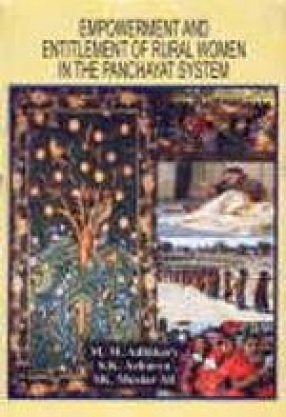Since the beginning of the 1990s, the Indian natural rubber sector has been affected by trends toward trade liberalisation, a reduced role of the State, and organizational reforms. Rubber cultivators in Kerala–around 1 million holders cultivating an average 0.5 ha of rubber plantation–have been affected by these processes in different ways. It is hypothesised that growers–especially the ones located in agro-ecologically marginal rubber areas–are coping with these changes with diversified income-generating strategies. This book suggests a new perspective on these coping processes with the development of a typology of rubber growers based on their income-generating strategies. The book shows that the different types of holdings have specific management strategies and ways of dealing with risks. Furthermore, there is evidence that specific local institutions and organisations can hinder and/or support the income generation of the different types of holdings.
We Are As Flexible As Rubber!: Livelihood Strategies, Diversity and the Local Institutional Setting of Rubber Small Holders in Kerala, South India
In stock
Free & Quick Delivery Worldwide
Bibliographic information
Title
We Are As Flexible As Rubber!: Livelihood Strategies, Diversity and the Local Institutional Setting of Rubber Small Holders in Kerala, South India
Author
Edition
1st ed.
Publisher
ISBN
8173048036
Length
276p.
Subjects





There are no reviews yet.